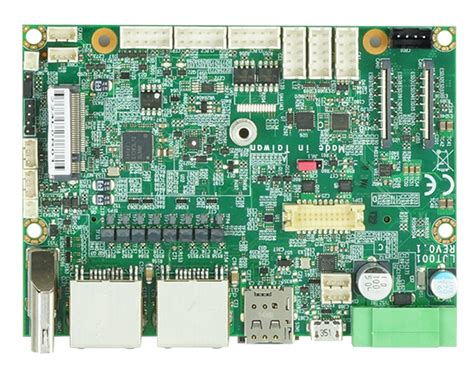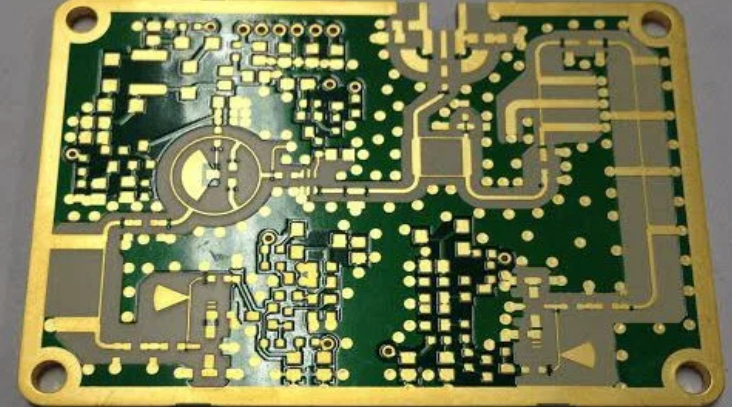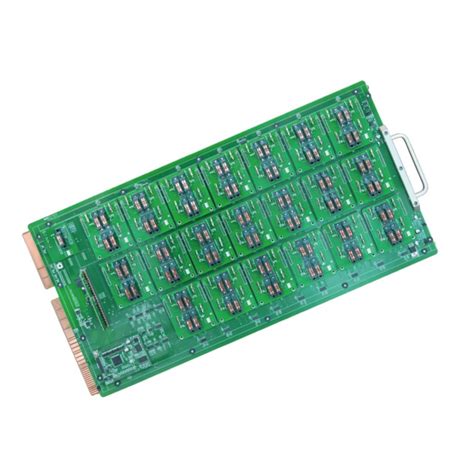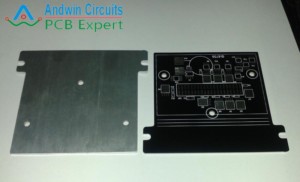RF Layout Guidelines for Mobile Phone PCB Design
Introduction
The design of Radio Frequency (RF) circuits in mobile phone Printed Circuit Boards (PCBs) is critical to ensuring optimal performance, signal integrity, and minimal interference. With the increasing complexity of modern smartphones—supporting multiple wireless standards such as 5G, Wi-Fi 6, Bluetooth, and GNSS—proper RF PCB layout has become more challenging yet essential.
This article discusses key considerations and best practices for RF layout in mobile phone PCB design, covering component placement, grounding, impedance control, shielding, and interference mitigation.
1. Understanding RF PCB Design Challenges
RF circuits operate at high frequencies, making them highly sensitive to noise, crosstalk, and impedance mismatches. Poor RF layout can lead to:
- Signal degradation (attenuation, reflection, distortion)
- Increased electromagnetic interference (EMI)
- Reduced wireless range and data throughput
- Higher power consumption
To avoid these issues, designers must follow RF-specific layout principles while balancing space constraints in compact mobile devices.

2. Key RF Layout Considerations
2.1. Component Placement
- Isolate RF sections: Keep RF components (PA, LNA, filters, antennas) away from noisy digital circuits (processors, memory, power supplies).
- Minimize trace lengths: Place RF components as close as possible to reduce parasitic inductance/capacitance.
- Antenna positioning: Antennas should be placed at the edge of the PCB, away from metal components and ground planes that could detune them.
2.2. Grounding and Power Distribution
- Use a solid ground plane: A continuous ground plane beneath RF traces reduces loop inductance and EMI.
- Separate RF and digital grounds: Use a single-point connection or ferrite bead to prevent ground noise coupling.
- Decoupling capacitors: Place them near RF ICs to filter high-frequency noise.
2.3. Impedance Control and Transmission Lines
- Match trace impedance: Use controlled impedance traces (typically 50Ω for RF lines) with proper width and dielectric spacing.
- Avoid sharp bends: Use 45° or curved traces to prevent impedance discontinuities.
- Microstrip vs. stripline:
- Microstrip (top/bottom layer) is easier to tune but more susceptible to interference.
- Stripline (inner layer) offers better shielding but is harder to modify.
2.4. Shielding and EMI Mitigation
- RF shielding cans: Use metal shields over critical RF sections to block interference.
- Via stitching: Place ground vias around RF traces to contain electromagnetic fields.
- Keep-out zones: Prevent copper pours or components under antenna areas.
2.5. Crosstalk Prevention
- Increase spacing: Maintain at least 3x the trace width between RF and high-speed digital lines.
- Orthogonal routing: Run RF and digital traces perpendicular to each other to minimize coupling.

3. Practical RF Layout Techniques
3.1. Layer Stackup Optimization
A typical 6-8 layer mobile PCB stackup may include:
- Top Layer: RF components, antennas
- Layer 2: Ground plane (critical for RF return path)
- Layer 3-5: Signal and power layers
- Bottom Layer: Additional RF or low-frequency circuits
3.2. Antenna Feedline Design
- Use a pi-matching network to optimize antenna impedance.
- Ensure minimal loss in the feedline by avoiding vias and using thick traces.
3.3. Testing and Validation
- Perform S-parameter analysis to check signal integrity.
- Use network analyzers to verify impedance matching.
- Conduct EMI/EMC testing to ensure compliance with regulatory standards.
4. Common Mistakes to Avoid
❌ Ignoring return current paths: Poor grounding leads to noise coupling.
❌ Overlooking parasitic effects: Even small capacitances/inductances can degrade RF performance.
❌ Insufficient isolation: RF and digital circuits must be physically separated.
❌ Neglecting thermal management: RF power amplifiers generate heat, requiring proper thermal relief.
5. Conclusion
Designing an efficient RF layout for mobile phone PCBs requires careful planning, adherence to high-frequency principles, and iterative testing. By following best practices in component placement, grounding, impedance control, and shielding, designers can achieve optimal RF performance while minimizing interference in compact smartphone designs.
As wireless technologies evolve, RF PCB layout will continue to be a critical factor in ensuring reliable connectivity, making these guidelines indispensable for modern mobile device engineering.






